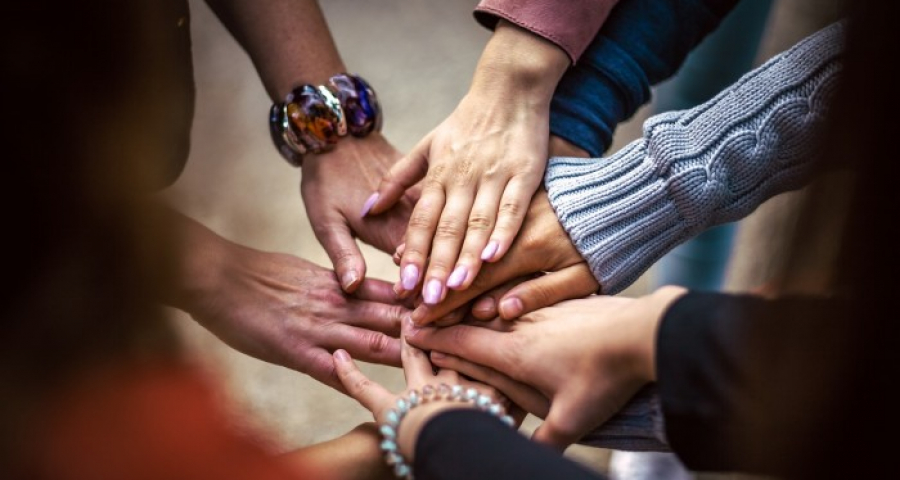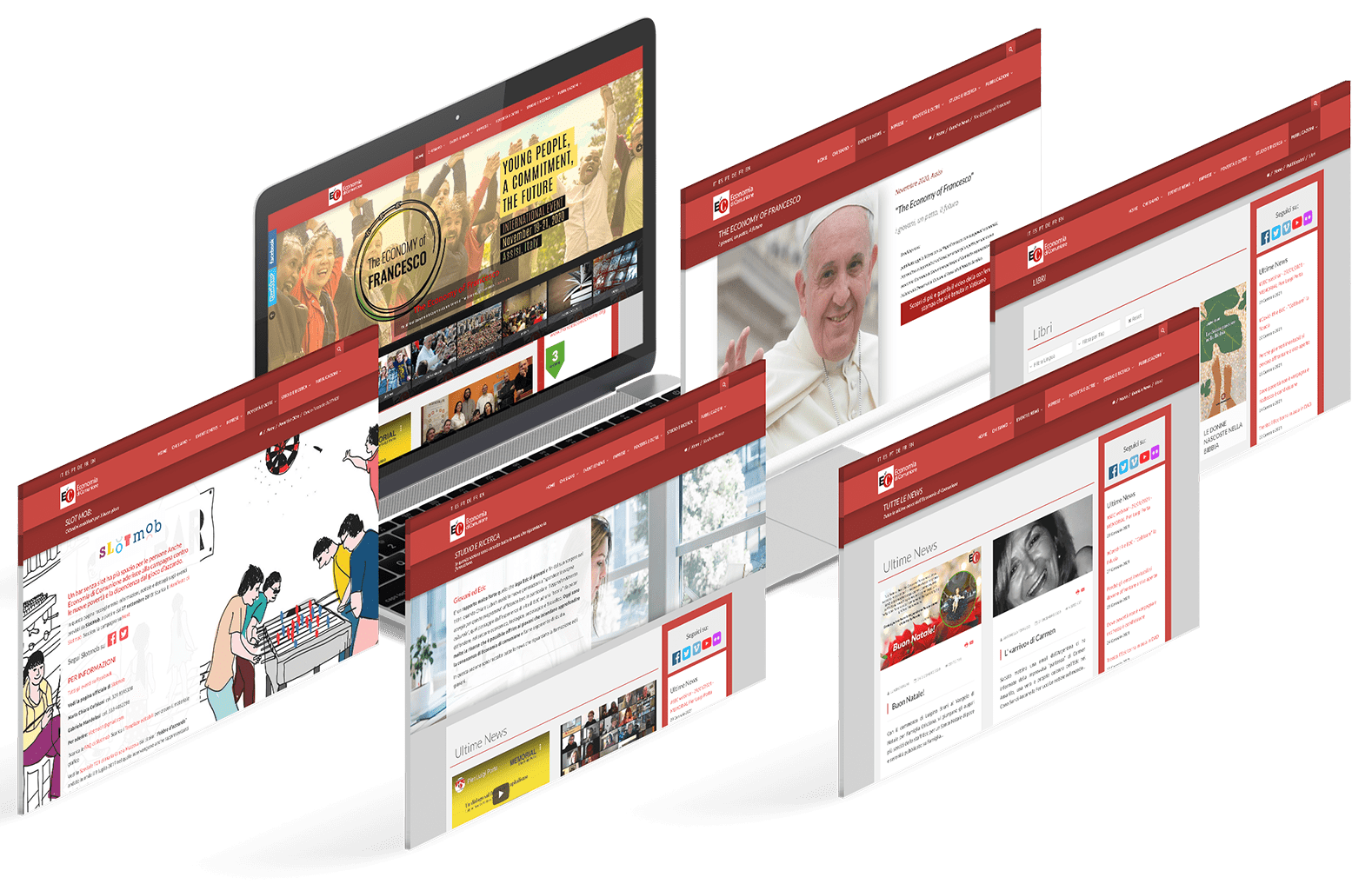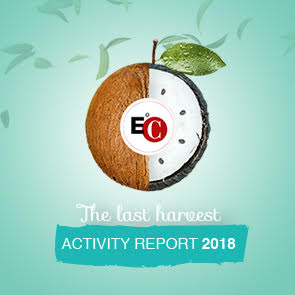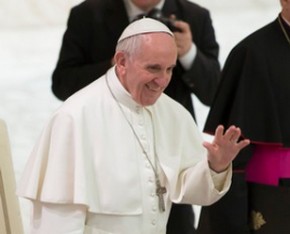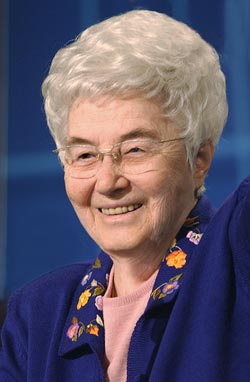The second instalment of the column by the Leo Andringa Observatory of Poverty explains the first criterion that characterises the current approach adopted by the EoC to promote, implement and evaluate initiatives to combat poverty, starting from communion.
by the OPLA Team*
We all know one thing: we need each other. Having someone with we can share the joys and sorrows of life with is not a given, and it is certainly one of the things we all seek in life; even if unconsciously. “It takes a village to raise a child”, so it is said for educational processes. In the same way, having to face a situation of poverty alone is one thing, doing it together with a community is quite another.
We also know that a situation of socio-economic vulnerability – affecting different dimensions of life – is a complex reality and takes time to overcome. Being able to accompany people's journey and keeping track of it over time is, therefore, a central aspect when one wants to make a journey together with them.
In this sense, the first criterion we present of the current EoC approach to combating poverty on the basis of the communion is ongoing, community relationship. It is important to emphasise that all criteria are, in fact, a way and a method through which one tries to combat poverty more effectively, thereby avoiding falling into a form of welfarism. The possibility of establishing a community relationship and maintaining it over time is of fundamental importance for effectively accompanying a person on their way out of socio-economic vulnerability. And to do this, a single operator is not enough, but a community is needed, so that one can always have (at least) two different points of view on their situation.
The continuity of the relationship between the accompanied person and the EoC community is also fundamental. 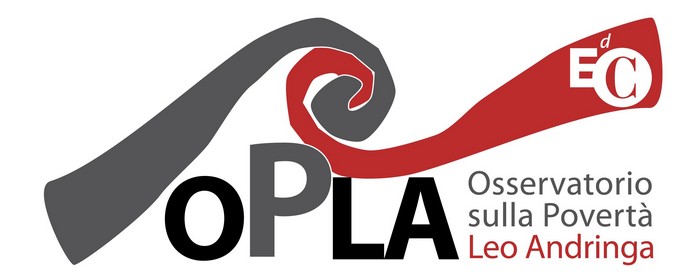 The dynamism of life is common to all, and the EoC together with its operators are no exception. It may happen, therefore, that an EoC operator is no longer able to offer their services for various reasons, or has to move to another city, making continuity within the same community and accompanying participants impossible.
The dynamism of life is common to all, and the EoC together with its operators are no exception. It may happen, therefore, that an EoC operator is no longer able to offer their services for various reasons, or has to move to another city, making continuity within the same community and accompanying participants impossible.
For this reason, each person will have to be known by at least two operators, and if a person only knows one, a pathway will be set up so that at least one other operator can get to know them. This will make the relationship of each person accompanied by the EoC less and less dependent on individuals, reducing the conditioning of the individual point of view and avoiding that any transfer of operators implies the end of the relationship with the rest of the EoC community and the interruption of the track of the accompaniment process over time.
A further important aspect is that the operators who will take charge of specific individual accompaniment projects (whether they are members of the EoC or of the local community), should not be the same people who perform a spiritual accompaniment role with respect to the aspiring participants. Although the existence of a double role in some cases may facilitate the relationship, it is believed that this modality may have rather negative repercussions, such as the creation of conditionings in the relationship between operators and participants and the difficulty of objective evaluation by the operator.
As it has been pointed out in the first article of this series, this is the beginning of a process that is intended to evolve continuously. Certainly some aspects will still have to be clarified, but this can only happen by walking together: hence the importance of everyone's participation in this process.
Photo credits: Image by Bob Dmyt from Pixabay
*The OPLA Team is composed of: Francesco Tortorella, Germán Jorge, Maria Helena, Tainã Santana

